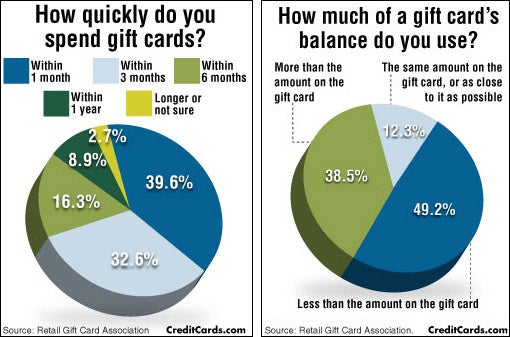Although they might seem similar, inscribing and etching vary in their techniques and outcomes. Recognizing these processes is important for any type of company aiming to personalize glass products.
Laser engraving uses concentrated warm to thaw the micro surface area of your material, creating recessed markings that withstand damage and can be checked out under extreme problems. It's ideal for things that require to be traceable, like commercial components.
Looks
Etching and etching both develop resilient, tactile styles that stick out on the glass surface area. They are optimal for tasks that need an improved, elegant appearance.
Laser etching can be used to etch glass, but it requires a protective covering or shield to prevent warm damages to the glass. A specialized spray or coating is readily available for this objective and can be related to slim glass to decrease splitting or damage throughout the etching procedure.
It's additionally possible to engrave glass by hand utilizing a rotary tool. This technique is lengthy and labor-intensive, yet it can produce high-grade outcomes when performed appropriately. Be sure to use safety equipment like safety glasses and a respirator mask to protect yourself from dust and debris. You can start by drawing your layout on the glass with a pen, after that insert the rotary tool and slowly follow your design to etch it into the glass. After the engraving is full, gently remove any kind of remaining dust or residue.
Adaptability
The inscribing procedure provides a large range of applications for glass items. It is highly versatile and can be utilized on various materials and thicknesses of glass. It is also really specific and creates comprehensive, high-contrast designs on the glass surface. It can be used on both level and rounded surfaces.
Glass inscription is a preferred choice for glass products like wine bottles, architectural dividers, and health spa design. It creates a soft and subtle style that is not as noticeable as etching, making it a superb alternative for ambient looks.
To decrease heat tension on thin glass, use a protective material like masking tape or a wet paper towel to the surface area prior to laser inscription. This soaks up and spreads laser power to lower local home heating and stop fracturing. Conversely, finish the best personalized glass for coworkers glass with a light cleaning agent or dishwashing soap can additionally be an efficient pre-coating. Simply keep in mind to cover only the laser-contacting face of the glass with these moisture-absorbing pre-treatments.
Sturdiness
Laser glass engraving creates deep, permanent markings that are durable and aesthetically striking. It's ideal for artistic or light business objectives that call for a sleek appearance. Engraving requires precise and controlled handling of the glass to stop warmth damages and splitting. Thin or delicate glass can be more vulnerable to the high-contrast results of laser inscription, making it crucial to keep an eye on the procedure closely for signs of getting too hot and splitting.
Etching utilizes a diamond-tipped device to cut into the surface area of the glass, developing a textured mark that's less aesthetically striking than laser etching. It's a typical option for applications where a frosted result is favored, such as ornamental glass windows and customized presents. Like laser inscription, etching is highly exact and suitable for logos and other thorough imagery. Evergreen Glass uses modern laser devices calibrated for optimum efficiency to accomplish etching and etching with extraordinary precision. For included assurance, our equipments feature built-in safety and security functions that ensure secure operation.
Price
Glass etching includes making use of chemical options to create a layout. While this method is not as specific and reliable as laser etching, it is still an outstanding selection for artisanal glasswork, which can be an excellent way to raise a special event gift or celebratory piece.
For the very best outcomes, it is important to test a sample item of glass before using any etching lotions. Various types of glass might react in a different way to the chemicals. Some will certainly etch extremely quickly while others may take a lot longer. In some cases, an item of glass might even fall short to engrave whatsoever!
Laser inscribing involves using a computer-guided system, generally referred to as a CNC (Computer Numerical Control) equipment, to guide a concentrated laser beam of light at the surface area of the glass. This process needs a top-level of technical skill and creativity. It is a reliable way to etch detailed patterns on massive tasks with high levels of accuracy.
